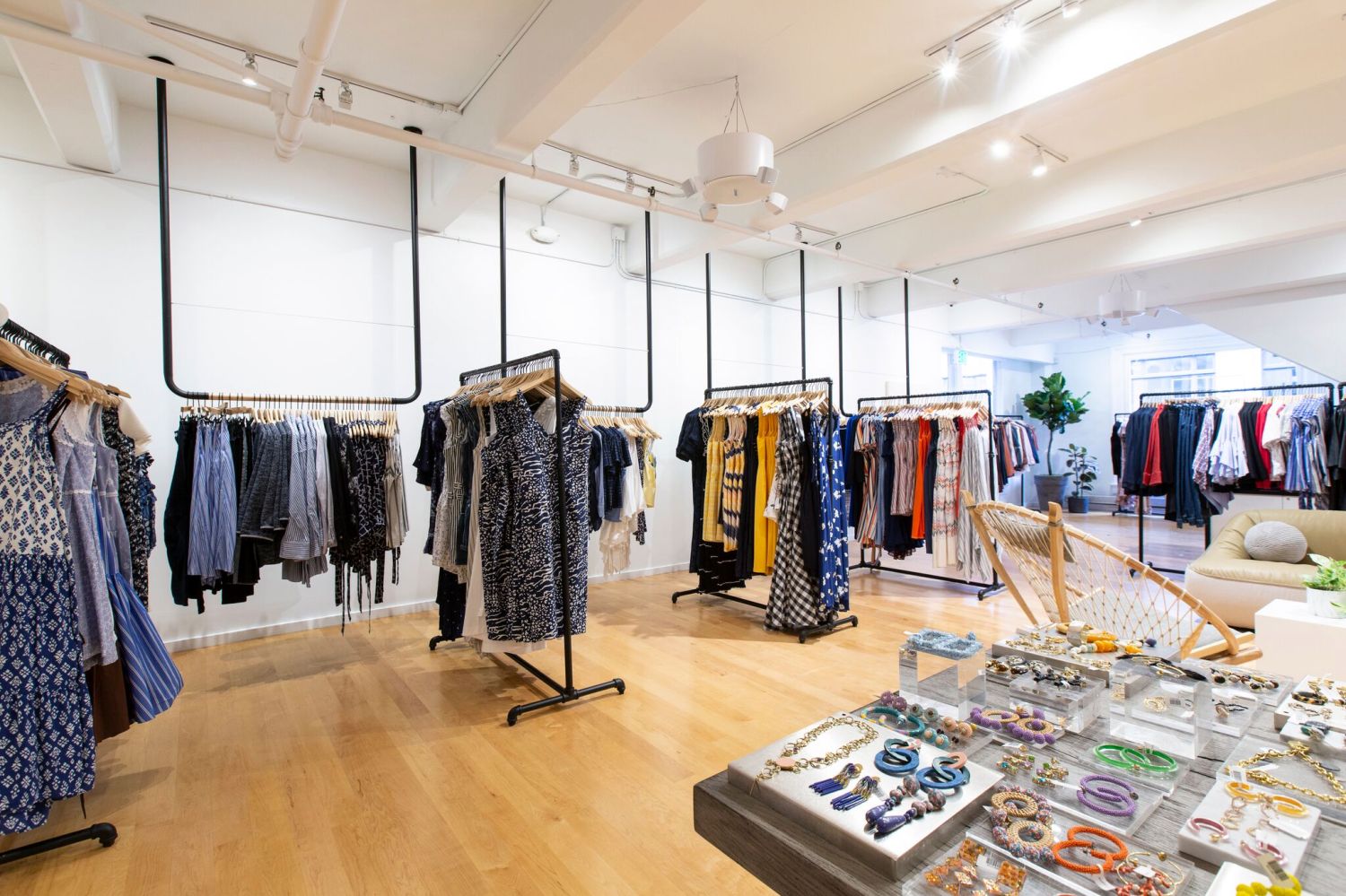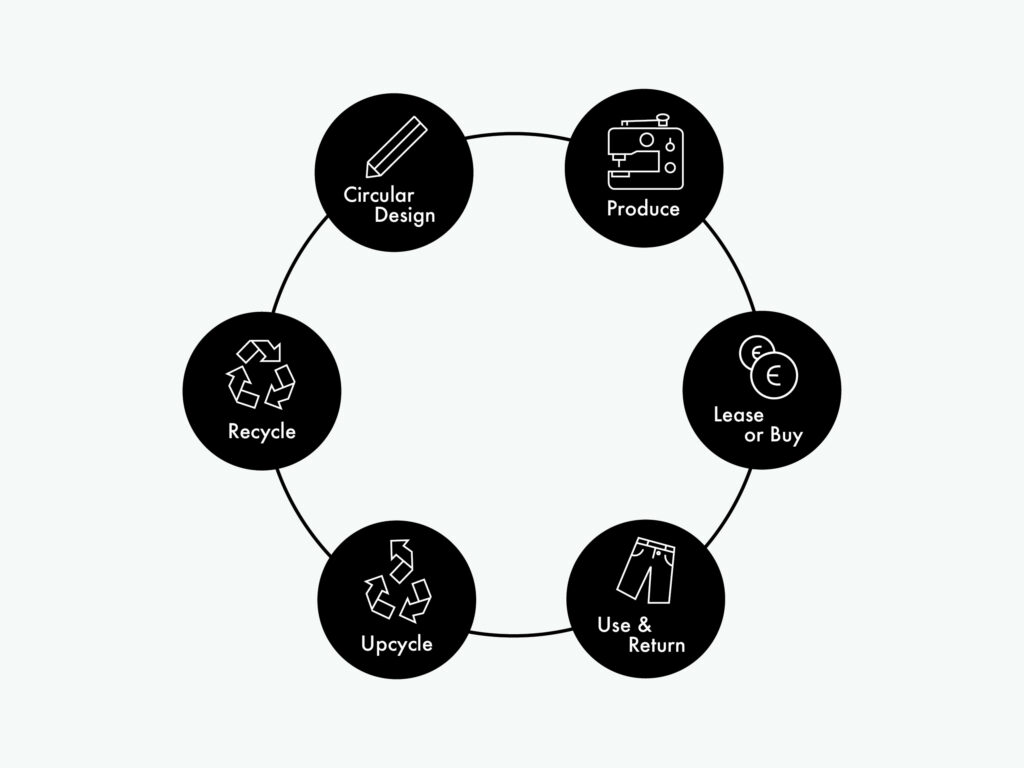If there is one thing that is true about the retail industry and the fashion world, it is that it is ever-changing. Largely influenced by factors like social media, IoT and sustainability, the way we look at fashion and the way we shop is subject to constant evolution.
Looking back at the last decade, the dominant presence of fast fashion, social media and e-commerce has resulted in millions of impatient shoppers demanding great service and affordable prices at the tip of their fingers. As our rate of consumption increases and mass production takes its toll, it is becoming more necessary for brands to tackle the manufacturing, branding, and distribution of goods in a sustainable way.
On the opposite spectrum of fast fashion, we are witnessing a new reality: the emergence of 'consumer 4.0' who is becoming more aware of environmental and ethical downsides of fashion and is actively looking for alternative solutions.
Craving for innovative options, they are actively exploring new opportunities of sharing, lending, and gifting clothes. But why are these methods particularily popular with the younger audience? As most of today’s millennials consider clothes to be old only after two uses, the re-invented concept of clothes ownership allows them to keep the element of newness to their fashion style while simultaneously acting in a sustainable way. By 2020, US Millennial spending will grow to $1.4 trillion annualy, representing 30 percent of total retail sales. Since 71% of them demand sustainable products and company transparency,retailers need to priritize their demands.
The innovative ideas that change the way we look at fashion have been gaining increased popularity. In the Netherlands, for instance, the LENA Fashion Library offers subscriptions to borrow items for a fixed amount per month. United Wardrobe, on the other side, allows users to buy and sell second-hand clothes safely while through Rent the Runway, you can rent designer clothes and access the dream closet that was previously unaffordable.

While the new concepts are building their reputation, brick and mortar stores might, with their traditional model, be challenged to adapt to the new scene and rediscover their new role. Despite the difficulties, big players can look up to the current changemakers and investigate how incorporating elements of circularity can boost their business.
Circularity enables long-term customer relationships
In a traditional business model, staying in touch with customers during and after the purchase presents a challenge but a circular fashion model creates more frequent opportunities for interaction. Once brands identify whether their customer is most interested recycling, renting, repairing, or all of these, they must find the right way to facilitate it.
If your goal as a retailer is to build a relationship with the customer after their purchase, incorporating recycling into your model could easily allow that. To encourage this behavior , H&M offers incentives in the form of vouchers and Levi's offers disscounts, thus shifting the view of old clothes from waste to resource. As findings from a recent survey show that 79 percent of participants would recycle their clothes if companies made it easy to do, this is a good opportunity to encourage users to come back after their purchase, and potentially extend their relation.
Besides maintaining a connection after the sale, a circular model helps retailers to stay in touch with the customers during the period of product use. A popular company that is doing a great job at this is the Dutch brand MUD Jeans that offers a rental jeans service. As the company is working with organic cotton that has a volatile price, its customers can lease jeans for €7.50 a month, thus making the most of the materials they have already bought. The customers can, after a year of lending the jeans, swap their jeans for a new pair and continue leasing for another year or keep the jeans and wear them as long as they like. Such a model allows you to keeps a long-term relationship with your customers and build loyalty, while acting in a sustainable way.

Another interesting method that helps create a more circular fashion economy while providing many opportunities for retailers is clothes resale. In their report on ‘Keeping Customer Connections’, Ellen MacArthur foundation showed that 72 percent of customers would re-sell items if the store where they brought it offered a convenient buy-back program. The social enterprise Stuffstr, for instance, has created a business model that helps customers get rid of unwanted goods without throwing them away. The company determines the price of the product, collects the stuff for free and the seller gets a gift card from the original retailers directly to their phone. Patagonia, on the other hand, has pioneered their resale model by buying back their own products and selling those used items at a discount price.
Circularity helps reduce overstock
Besides building long-term relationships, a circular model can also help solve overstock, a big issue for brick and mortar stores. Last year only, overstocks contributed $471.9 billion in lost revenues globally and the number does not seem to be going down. Being a physical and financial burden, unsold clothes present a big challenge for companies and still, many fail to cope with it in a sustainable way.
To deal with unsold merch, brands turn to the common practices as sales, discounts, and shopping holidays like upcoming Black Friday and Cyber Monday. These tactics might have been catchy for a certain period of time but today’s conscious shoppers are affected by these methods to a far lesser extent. By the same token, today’s fashion scene is missing the scarcity factor: seasonal sales have blended to a yearly on and off discount period, and this oversaturated practice of discounts has while losing its very touch of excitement, also lost much of the shopper’s attention. Besides the negative environmental and financial impact of unsold clothes, the way these are disposed of has also become an ethical concern for many. After the scandalous revelations of the way big brands as Burberry destroy unsold merch, brands are now concerned and have the responsibility to solve their overstock in a sustainable way.

A circular economy that is based on the core pillars of Reduce, Reuse and Recycle can in the ways previosuly mentioned help companies reduce their stocks, thus preventing the huge losses on unsold merch, and efforts put in its disposal. For an accurate inventory, companies can also start implementing RFID identification that will allow each item to be traceable anywhere, at any time. Previously, we also wrote about smart fitting rooms that help improve inventory, and you can read all about it here.
Introducing renting, recycling and re-selling options to you strategy will not only help develop a more circular economy but will also strengthen the community around your brand. As big steps are being made towards a circularity, exciting innovations are taking over the traditional retail world and are changing our shopping behavior in a way that we could not have imagined before. Brands that fail to adapt to this new approach to fashion risk losing being outdated so make sure to redefine your model and see what works the best for you.
Are you curious to learn more? Through our integrated decision-making platform at StoreDNA, we help you deliver dramatically improved performance through better product assortments, store layouts, visual merchandising, and associate optimization. Learn more here.